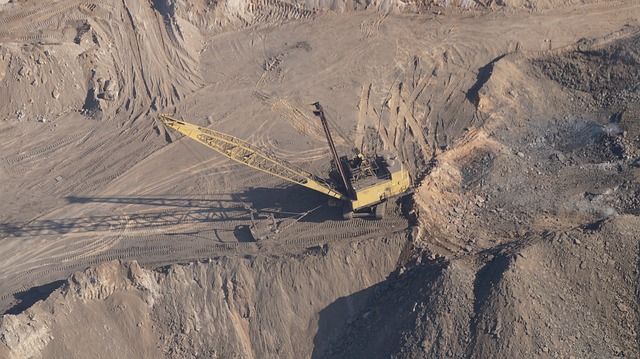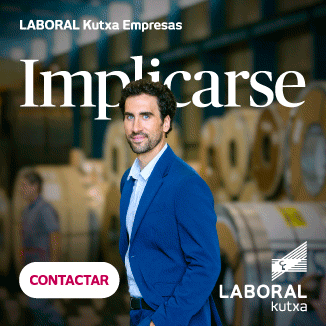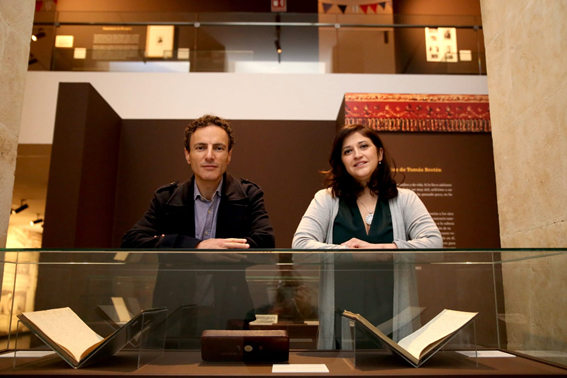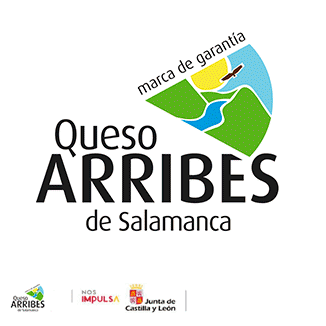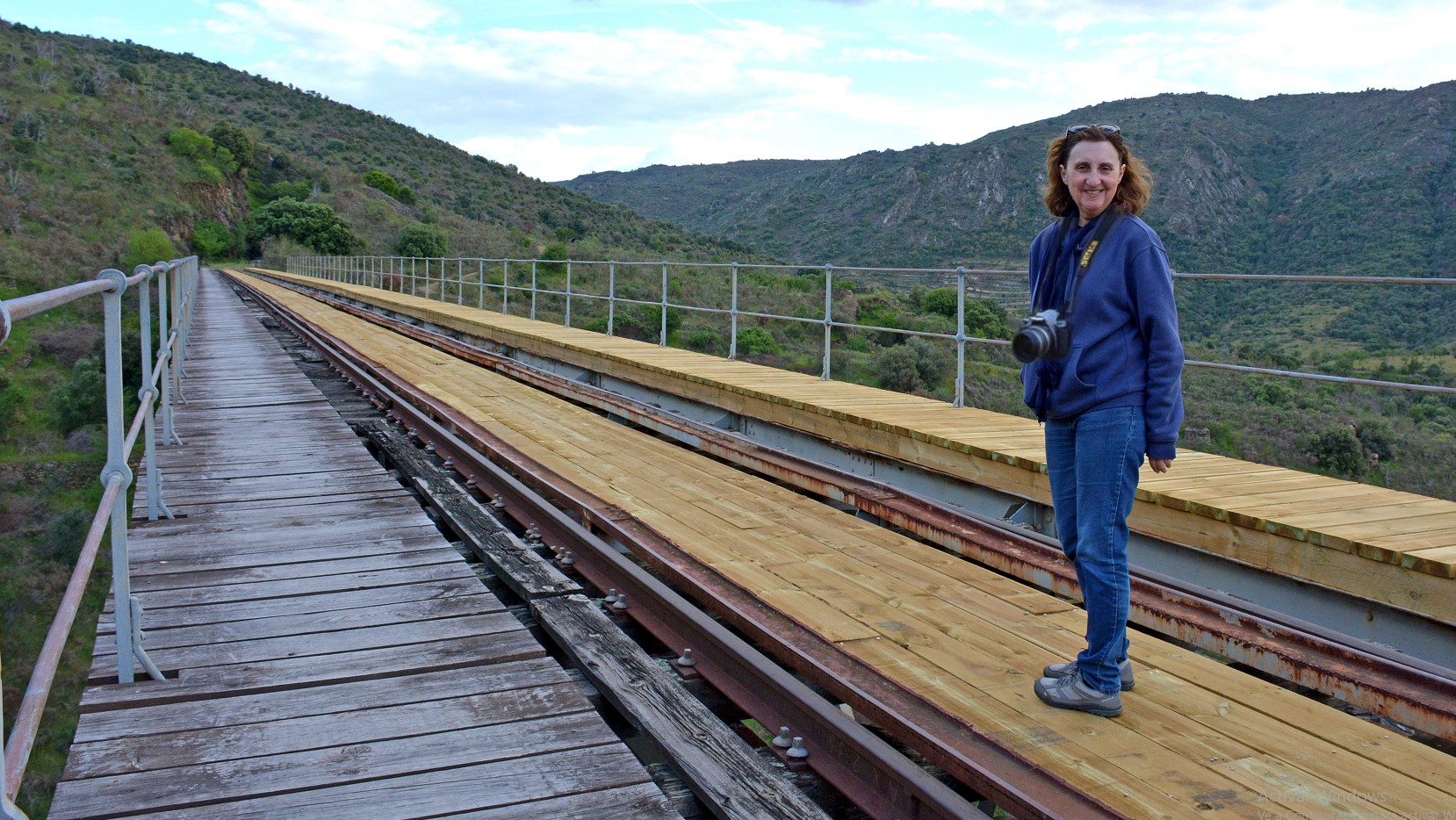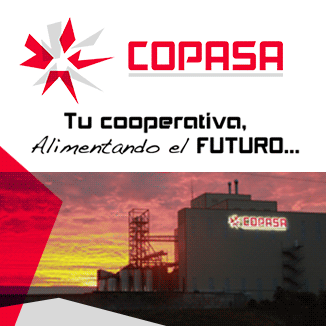[dropcap]T[/dropcap]ras la definición de los objetivos y el alcance del estudio que nos ayude a identificar la huella ambiental de la organización (HAO), se ha de considerar las entradas y salidas de los recursos materiales y energéticos, de las emisiones a la atmósfera y de los vertidos al agua o al suelo. Esto constituirá el perfil de uso de recursos y emisiones aplicado a todas las actividades y centros de producción o prestación de servicios establecidos en el alcance. Además, se debe tener en cuenta los flujos elementales (aquellos obtenidos o emitidos de forma directa sin transformación previa) y los complejos o no elementales (entradas y salidas que requieren ser procesadas para transformarse en elementales).
Son dos las fases que se deben de trabajar para establecer el perfil:
- Primero, la selección de datos ya sean específicos o genéricos, aplicando los métodos de evaluación necesarios, que se obtendrán de estudios, comunicaciones ambientales, estudios de impacto ambiental de empresas o instituciones similares, documentos EMA e indicadores de comportamiento ambiental sectoriales, etc. y,
- segundo, la realización del perfil de los recursos y de emisiones teniendo en cuenta las actividades que la organización gestiona directamente y cualquier otras anteriores o posteriores atribuibles indirectamente.
Entre las actividades e impactos directos se puede considerar los relacionados con bienes de equipo, generación de energía, transformaciones físicas o químicas, transporte de materias primas y residuos, desplazamiento de trabajadores, transporte de clientes y visitantes, viajes de trabajo, eliminación y tratamiento de residuos, emisiones intencionadas o no siempre que intervenga directamente la empresa.
Como actividades anteriores y posteriores atribuibles indirectamente se pueden tener en cuenta aspectos similares pero que no son producidos directamente.
“La facultad de aprovechar bien mis recursos disminuye cuando su número aumenta”. (Robert Brenson)
Más información: Gesprosal.
Study of the environmental footprint of the organisation: Use of resources and emissions
[dropcap]A[/dropcap]fter defining the objectives and scope of the study to help us identify the environmental footprint of the organization (HAO), the inputs and outputs of material and energy resources, emissions into the atmosphere and discharges into water or soil must be considered. This will constitute the profile of use of resources and emissions applied to all the activities and centres of production or provision of services established in the scope. In addition, the elementary flows (those obtained or issued directly without prior transformation) and the complex or non-elementary ones (inputs and outputs that need to be processed to become elementary) must be taken into account.
There are two phases that must be worked to establish the profile:
- First, the selection of data, whether specific or generic, applying the necessary evaluation methods, which will be obtained from studies, environmental communications, environmental impact studies of similar companies or institutions, EMA documents and sector environmental performance indicators, etc. and,
- second, the realization of the resources and emissions profile taking into account the activities that the organization directly manages and any other previous or subsequent indirectly attributable.
Among the activities and direct impacts can be considered those related to capital goods, power generation, physical or chemical transformations, transportation of raw materials and waste, displacement of workers, transportation of customers and visitors, work trips, disposal and treatment of waste, intentional emissions or not provided that the company directly intervenes.
As previous and subsequent activities indirectly attributable, similar aspects that are not produced directly can be taken into account.
“The ability to make good use of my resources decreases when their number increases”. (Robert Brenson).


